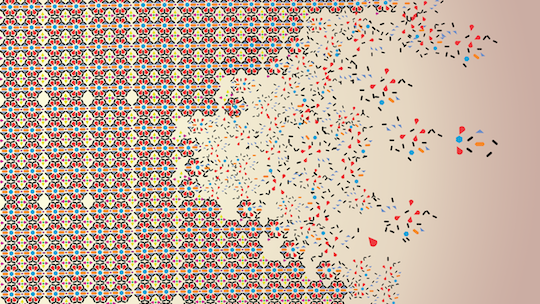A language is alive—it’s a breathing, blooming entity that metamorphoses as worlds turn. Often, we turn to the literary when charting these changes, but language goes where the people are. Asymptote Editor-at-Large for Morocco, Hodna Nuernberg, writes about the changes that the Internet—blogs, texting, social media—is catalyzing in transliterated versions of spoken Arabic around the world.
According to the United Nation’s 2016 Measuring the Information Society Report, approximately 47 percent of the world’s population are internet users, and nearly 3.6 billion people are expected to rely on messaging apps as a primary means of communication by 2018. Thanks in no small part to the pervasiveness of computer-mediated communication, we are reading and writing more than ever—in fact, Andrea Lunsford, a professor of writing and rhetoric at Stanford University and principal investigator for the Stanford Study of Writing, speaks of a literacy revolution in which “life writing” (in the form of texts, tweets, emails, status updates, or blogs) accounts for a massive 38 percent of the average Stanford student’s written production.
For many of us, the distance between our spoken language and its written form is small enough as to seem nonexistent, so converting our speech into print is a fairly straightforward process. But this isn’t always the case.

